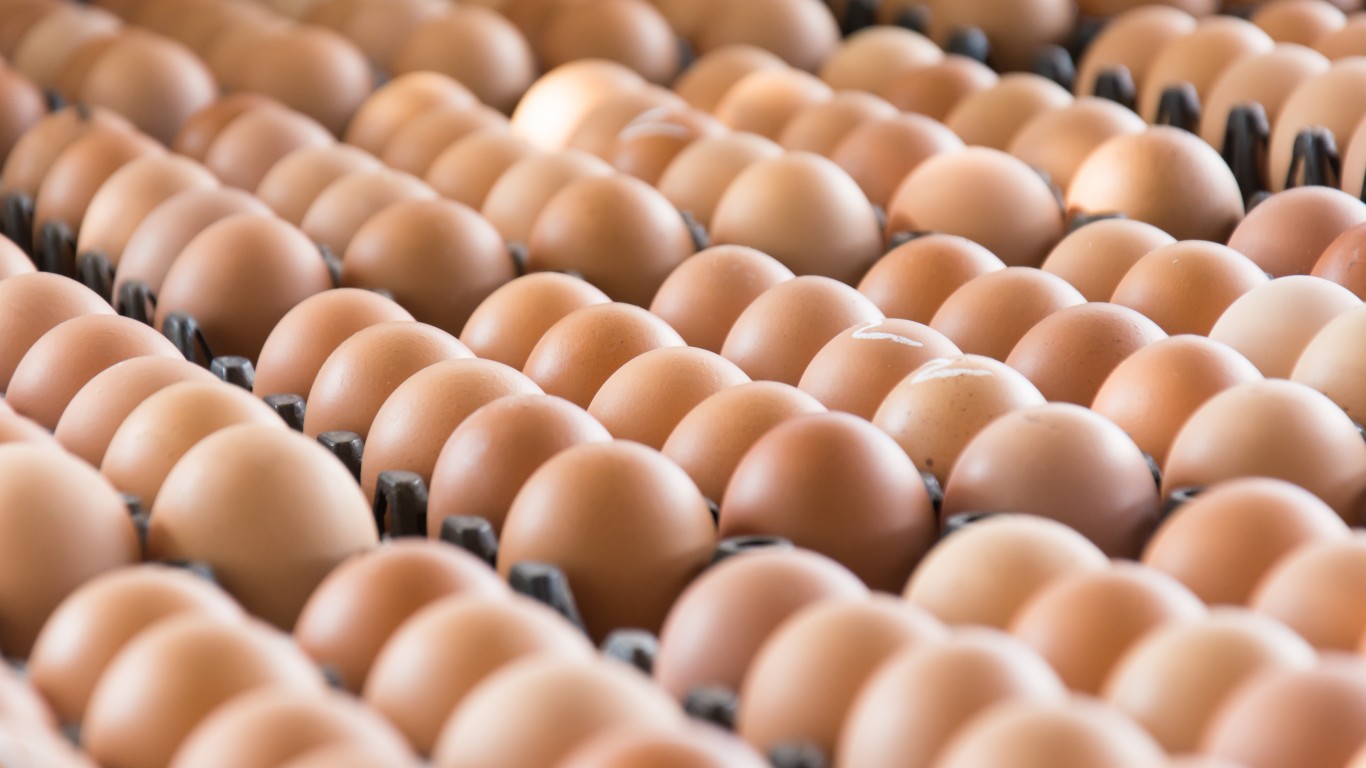
Germany may be the envy of the developed world, for the time being. Its first-quarter gross domestic product rose 0.7%. The figures means the annual growth rate is 2.8%. Most forecasts from organizations like the World Bank and International Monetary Fund show slower growth in other developed nations.
The Federal Statistical Office (Destatis) announced:
The German economy gained pace at the start of this year. In the first quarter of 2016, the gross domestic product (GDP) rose 0.7% on the fourth quarter of 2015 after adjustment for price, seasonal and calendar variations. The moderate growth path of last year (+0.3% in the last quarter of 2015) thus accelerated.
The quarter-on-quarter comparison – following price, seasonal and calendar adjustment – shows that positive contributions mainly came from domestic demand, according to provisional calculations. The final consumption expenditure of both households and general government increased at the beginning of the year. Capital formation was higher, too. Due to the continued mild weather, fixed capital formation in construction as well as machinery and equipment was markedly up compared with the fourth quarter of 2015. According to provisional calculations, however, the development of foreign trade had a slight downward effect on growth because imports increased more markedly than exports.
The German economy grew year on year, too. In the first quarter of 2016, the price-adjusted GDP was up 1.3% and, after calendar adjustment, 1.6% because there was one working day less than a year earlier.
The economic performance in the first quarter of 2016 was achieved by 43.1 million persons in employment, which was an increase of 533,000 or 1.3% on a year earlier.
In 20 Years, I Haven’t Seen A Cash Back Card This Good
Credit card companies are at war, handing out free rewards and benefits to win the best customers. A good cash back card can be worth thousands of dollars a year in free money, not to mention other perks like travel, insurance, and access to fancy lounges. Our top pick today has pays up to 5% cash back, a $200 bonus on top, and $0 annual fee. Click here to apply before they stop offering rewards this generous.
Flywheel Publishing has partnered with CardRatings for our coverage of credit card products. Flywheel Publishing and CardRatings may receive a commission from card issuers.
Thank you for reading! Have some feedback for us?
Contact the 24/7 Wall St. editorial team.



